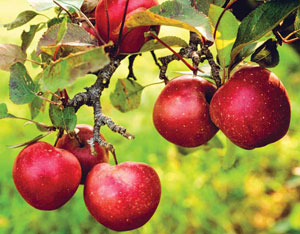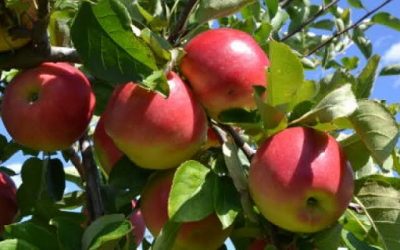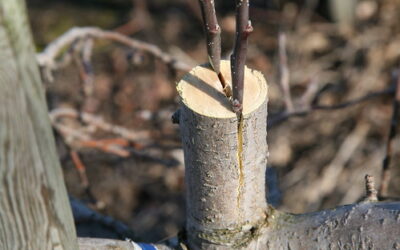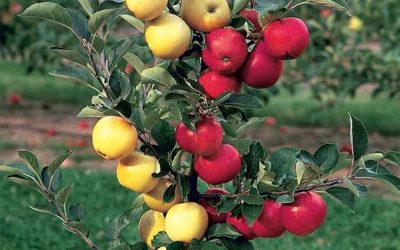Growing organic Apples

The organic approach always starts with the soil and selecting the right apple varieties.
First, be sure your intended planting site receives full sun, has good air circulation and is not located in a frost pocket.
Work on improving the soil now so that it will be ready for planting next spring.
Amend the planting area with plenty of compost, and plant a fall cover crop to add organic matter to the site. Also, test your soil to see whether you need to correct any major nutrient deficiencies.
Over the past 20 years, many excellent disease-resistant apple varieties have become available, but you need to know the best ones for your climate.
Getting the right rootstock is important, too, because this influences the tree’s size, winter hardiness, disease susceptibility and drought tolerance. To find the most disease-resistant varieties and best rootstocks for growing organic apples in your region, check with your regional cooperative extension office — many offer online publications specifically dedicated to this topic. Also note which varieties organic growers sell at your local farmers market — and which taste best.
To provide broad-spectrum protection against pest damage, many commercial operations growing organic apples rely on a spray regimen that includes timely applications of Surround crop protectant, which is a nontoxic, clay-based product that forms a thin film on foliage and fruit.
The chalky barrier helps protect apples from plum curculio, codling moth, apple maggot, apple sawfly and other pests, as well as from sunburn and heat stress.
Some studies show that it also suppresses powdery mildew and fire blight disease. Surround is the only product of this kind currently registered for horticultural use.


